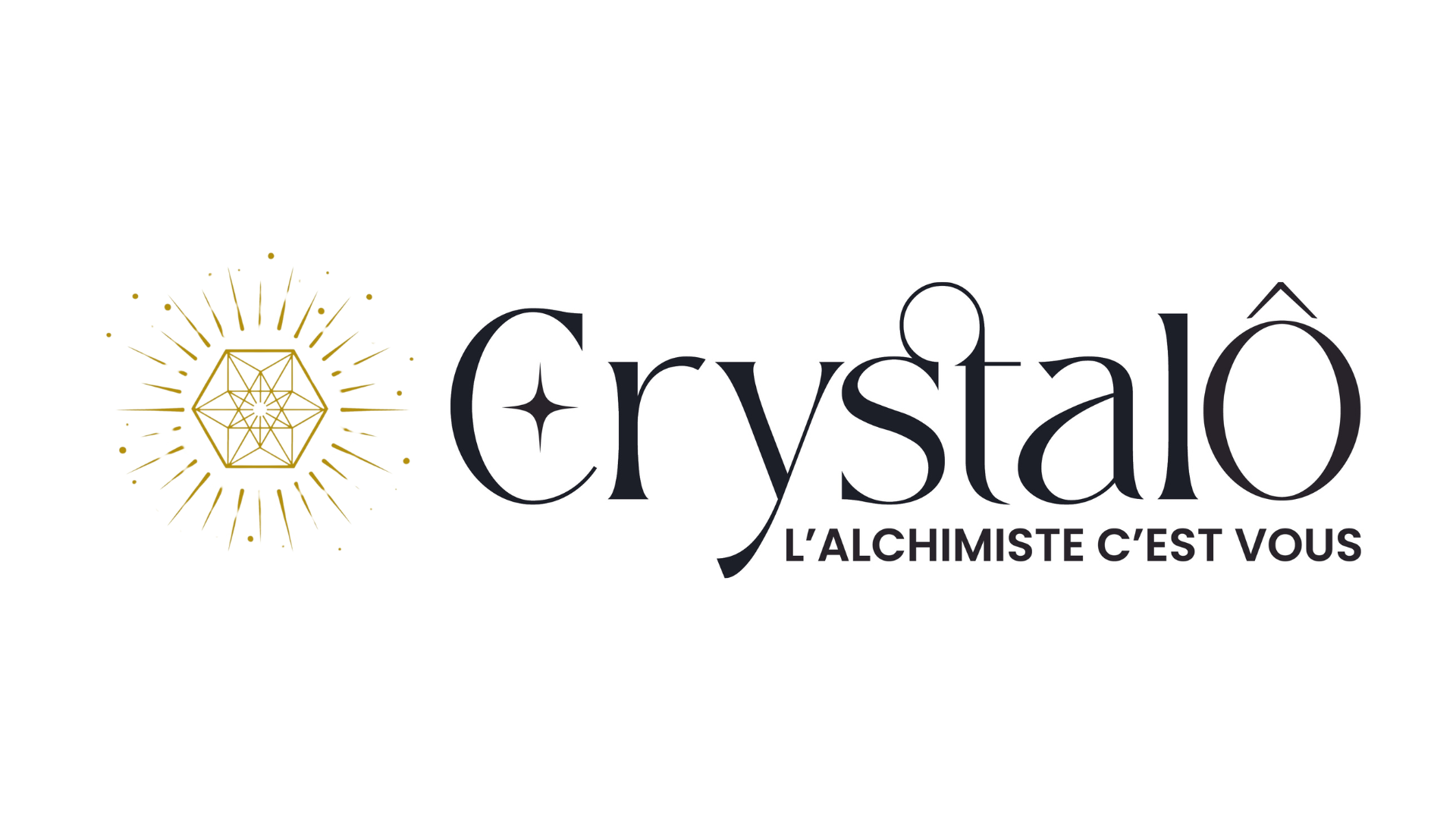Stretch your psoas: the garbage muscle that stores stress and emotions
- Frédéric Reymond
- Aug 18
- 3 min read

Do you have lower back pain? Do you feel tense, tired, or emotionally “heavy” without really knowing why? The problem may be coming from a forgotten muscle: your psoas muscle . So why is the psoas so important and so often overlooked?
The psoas (or iliopsoas) is a deep muscle located in the center of the body. It connects your spine to your legs, crossing the pelvis. It is often called the “soul muscle” because it is linked to inner security, survival, and chronic stress .
It is also nicknamed (humorously, but accurately) the “garbage muscle” , because it stores emotional tensions , shocks, fears, unspoken things… and if it is not released regularly, it ends up pulling on the back, the diaphragm, the stomach and even the mood .
So maybe it's time to worry about it (even just a little?):
Stretch your psoas: the “garbage muscle” that stores stress, fatigue and emotions...
Where is the psoas located?

Anatomically, the psoas starts at the 12th thoracic vertebra (T12) , runs along the lumbar region , crosses the pelvis , and then attaches to the inside of the femur .
It is the only muscle that directly connects the upper and lower body . It plays an essential role in:
the posture
the walk
emotional balance
and even breathing , via its connection with the diaphragm
What happens when the psoas is too tight?

A tight or frozen psoas can cause:
lower back pain
disturbed digestion
feeling of tight stomach
chronic fatigue
difficulty relaxing or breathing deeply
a feeling of being “on the alert”
Pose of the Month: Low Lunge (Anjaneyasana)

How to do the pose (safely)
Kneel on a mat
Step your right foot forward in front of you, knee at 90° (above the ankle)
Move your left knee far back, keeping your pelvis low
Place your hands on your thigh or raise them towards the sky
Relax your shoulders, breathe deeply
Hold the posture for 5 to 10 breaths
Switch legs and start again
👉 Gentle option : Place a cushion under the back knee
👉 Advanced option : Bend the back knee to catch the foot (quadriceps + psoas)
Physical benefits of this posture
Deeply stretches the psoas and quadriceps
Decompresses the lower back
Opens the pelvic and abdominal area
Releases tension in the often ignored hip
Improves overall posture
Relaunches smooth circulation of energy in the lower body
Energetic and emotional benefits
Stretch your psoas: the “garbage muscle” that stores stress, fatigue and emotions

The psoas is linked to the root chakra (Muladhara) and the sacral chakra (Svadhisthana)
It influences our anchoring , our relationship to the body , our capacity to feel safe
Stretching the psoas allows:
to release old emotional memories
to regain self-confidence
to soothe diffuse anxiety or visceral fears
to relaunch the digestive fire and energetic anchoring
When to practice?

In the morning to feel solid and centered
At the end of the day to release accumulated tension
Before or after a long walk
In times of transition, stress, nervous fatigue
Just 1 to 2 minutes a day is enough to start feeling the effects.
Bonus tip: Associate posture with breathing
Holding the pose, inhale deeply into your lower abdomen . With each exhale , imagine releasing hidden tension in your pelvis. Visualize the psoas relaxing like a taut wire loosening.
In conclusion: taking care of your psoas means opening yourself up to more stability. We often talk about the heart, the neck or the stomach... but we forget this central muscle , this bridge between the worlds: the psoas . Stretching it regularly allows you to regain fluidity , breathe better , and anchor yourself in the present .
And the good news? A simple posture, a few breaths, and the energy starts flowing again.
Yogically yours, Frédéric


